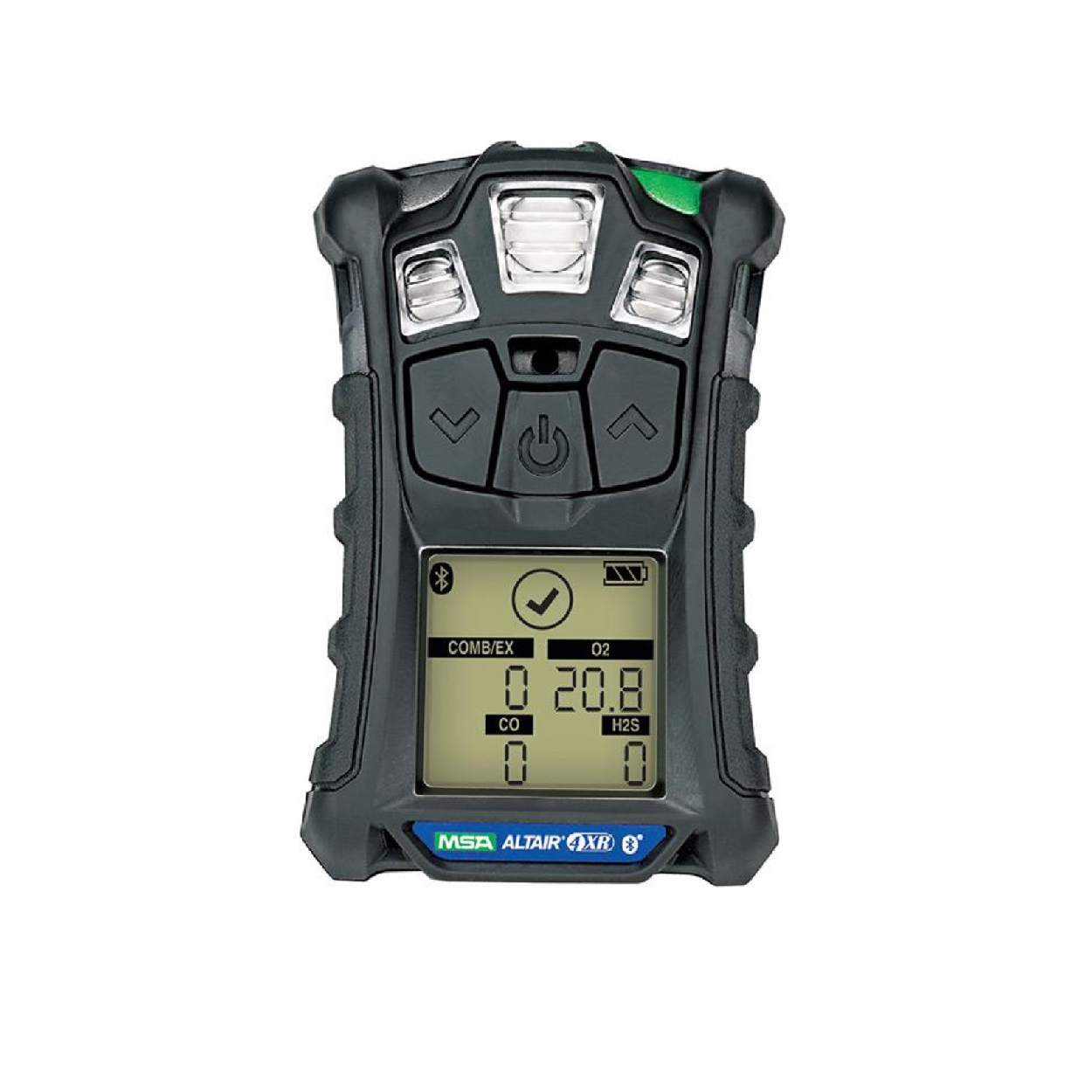How to Bump Test an MSA Altair Gas Detector
March 15, 2022
UK Safety Products exclusively offers MSA Altair portable gas detectors. An industry leader with a comprehensive range of detectors to fulfil the majority of needs. MSA use exclusive XCell Pulse Technology making it possible to perform a bump test without the need for gas. MSA Altair gas detectors are also the only one on the market that show a Bump Test check mark on the display for 24hrs after a successful bump test, quickly confirming the gas entries are free and sensors are functioning.
It is important to note that if dirt or mud blocks the gas entry of an instrument, no detector on the market can warn you that gas entries are blocked. In these circumstances, a fully functioning sensor simply will not see gas.
Bump test frequency is often stipulated by national or corporate regulations, however bump testing before each day’s use is the accepted best safety practice to verify proper instrument operation (European standard EN 60079-29-2 and the International Standard IEC 60079- 29-2 stipulate for gas detectors to have a functional check before each day of use. The German BG RCI also requires a functional check before each day of use in their code of practices T021 and T023).
Why do we bump test?
Portable gas detection is an important part of a workers’ safety equipment. However, only fully functioning gas detectors can reliably warn and protect against gas hazards, thus protecting life and avoiding accidents. All sensors from all detectors on the market will eventually reach the end of their life. Some will reach their end of life suddenly, while some will reach their end of life over a longer period of time. Environmental influences and harsh application conditions can affect the functionality of gas detectors.
Bump testing the gas detector will alert the user of a non-functioning sensor and if a gas inlet has become blocked, even if the blockage is not visible to the human eye. The traditional bump test consists of checking the instrument’s ability to respond to a challenge gas within a given amount time.
Why is calibrating your gas detector important?
All sensors on the market will have some amount of drift over time and are subject to potential uncontrollable effects such as over-exposures, poisoning, physical shocks, extreme environmental changes etc. These types of events can cause sensors to be less accurate. Calibration is the adjustment of the sensor(s) output to match the known traceable calibration gas concentration. It ensures maximum accuracy of the instrument, so should be performed if high accuracy is desired and, also if a bump test fails.
How are MSA gas detectors different?
MSA Altair offers a connected system with live gas readings, InstantAlert distress calls, MotionAlert man-down alarms and non-compliance warnings.
The Connect App is also available to enable ease of updates of detector settings, set up email calibration details, notification groups and compliance reminders.
For further guidance or product information on the MSA Altair range, please feel free to contact our team on 01493 440464or info@uksafetyproducts.com who will be happy to help with your enquiry.
